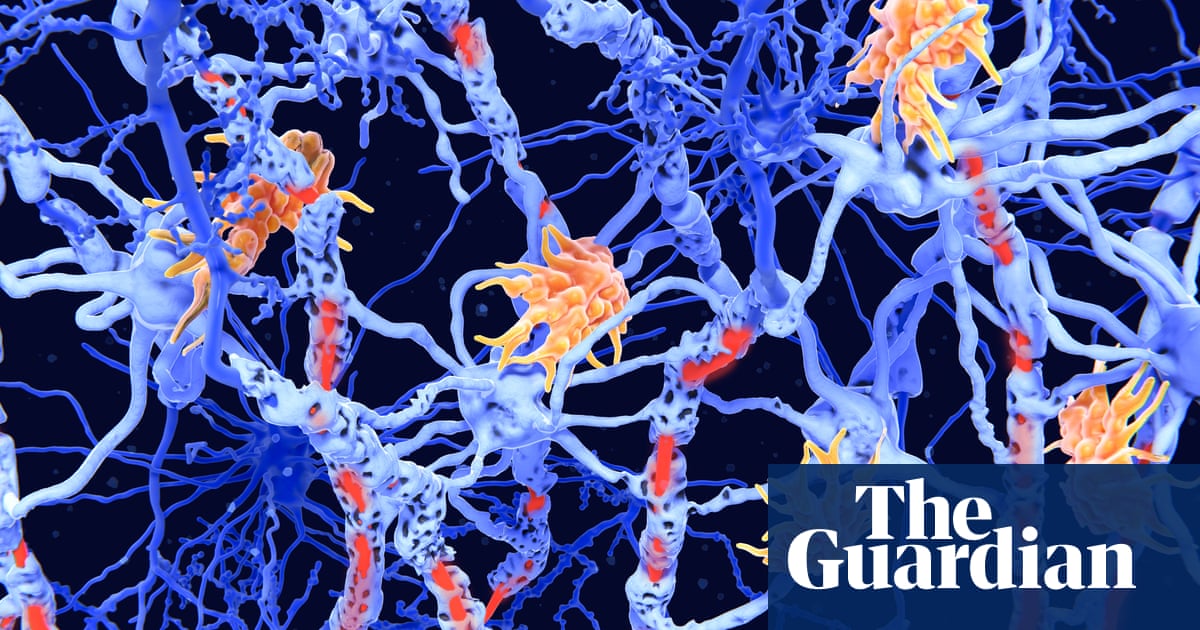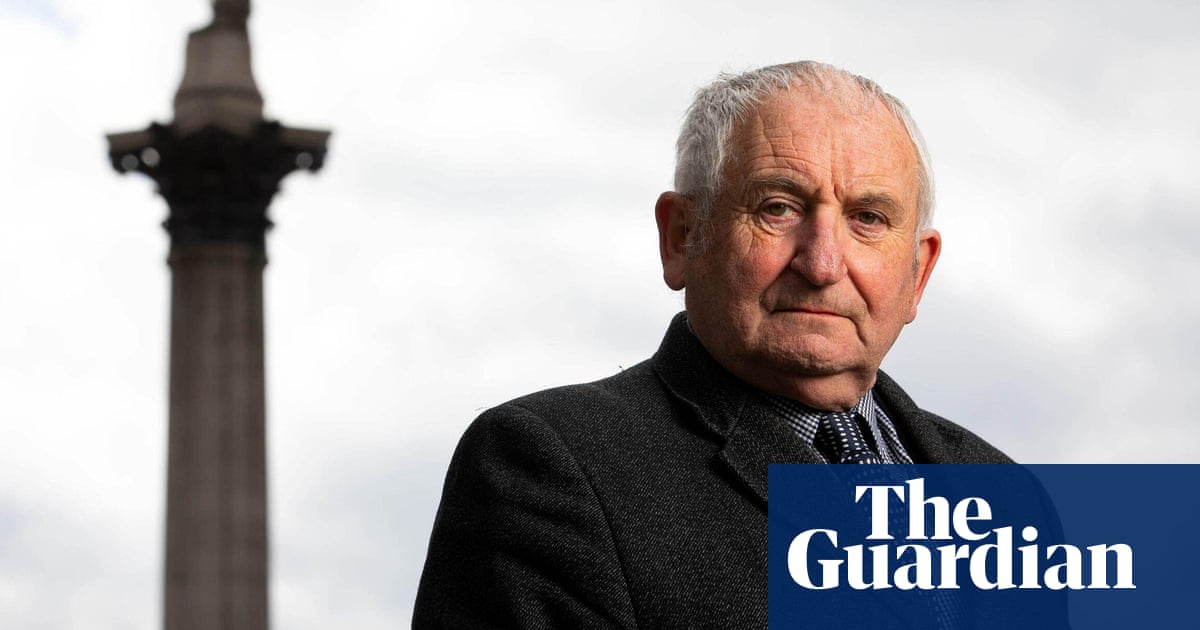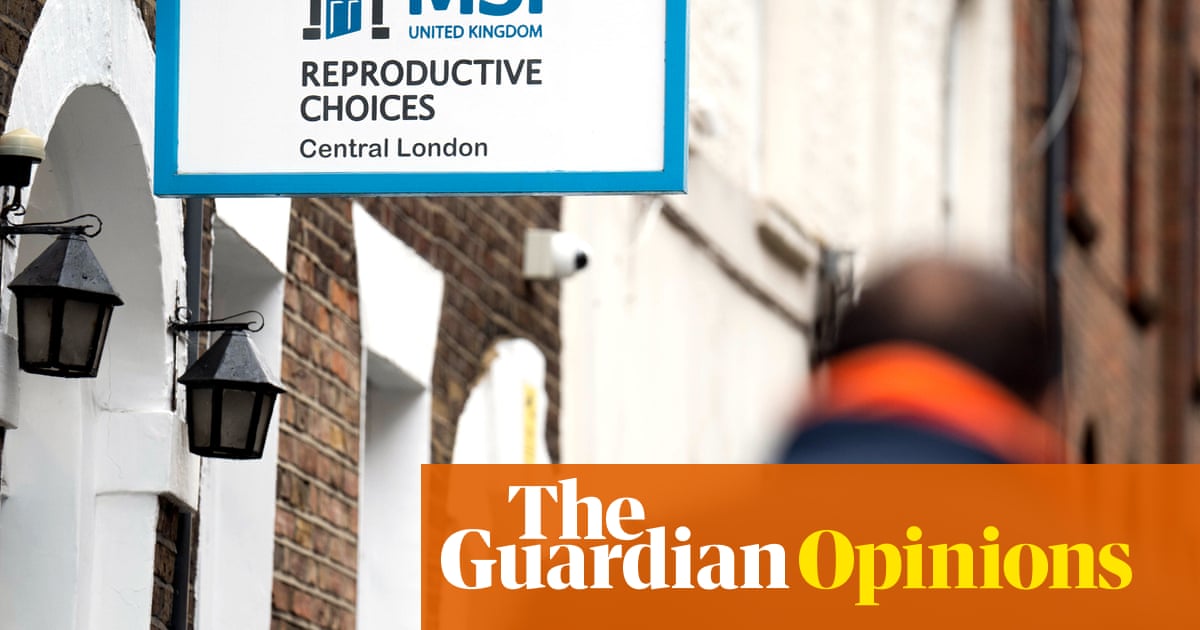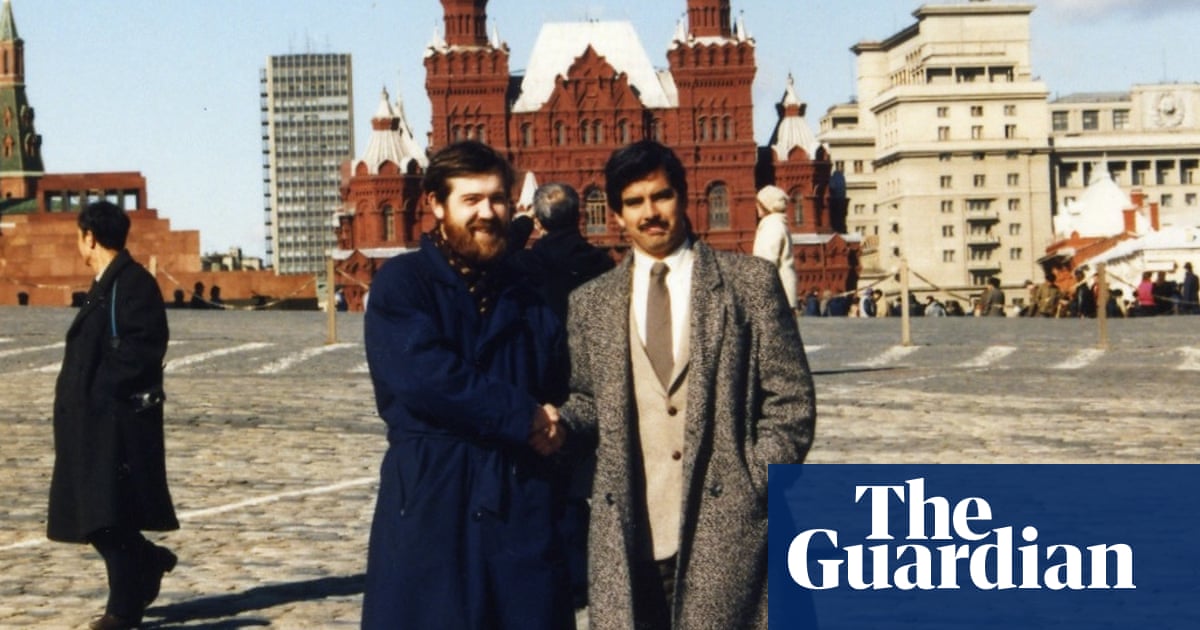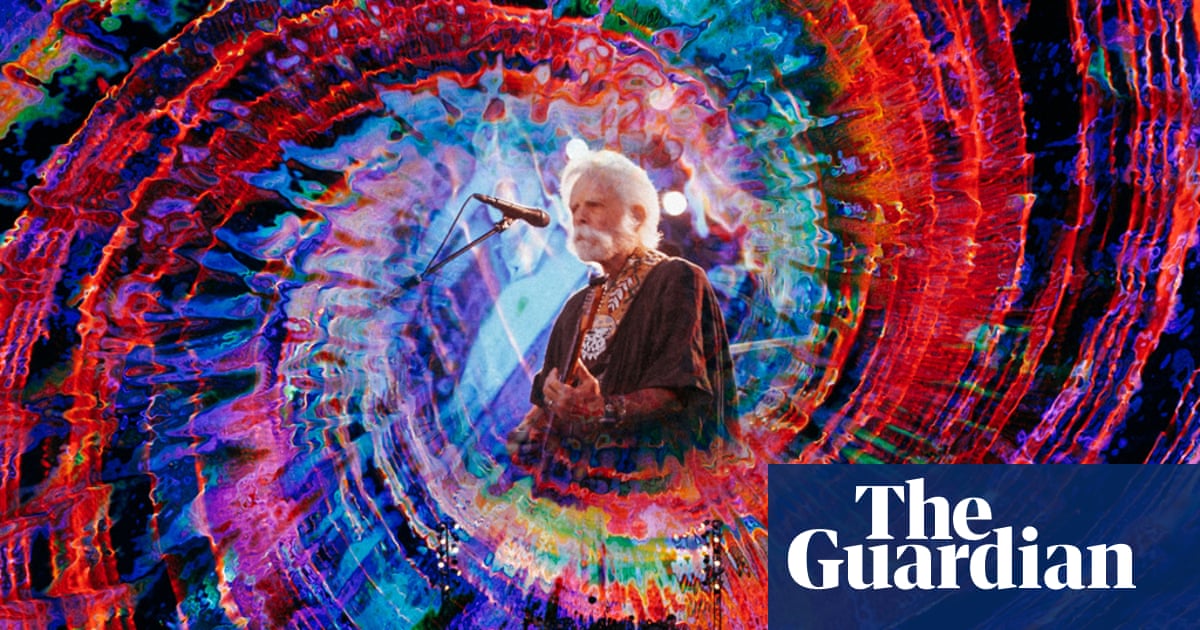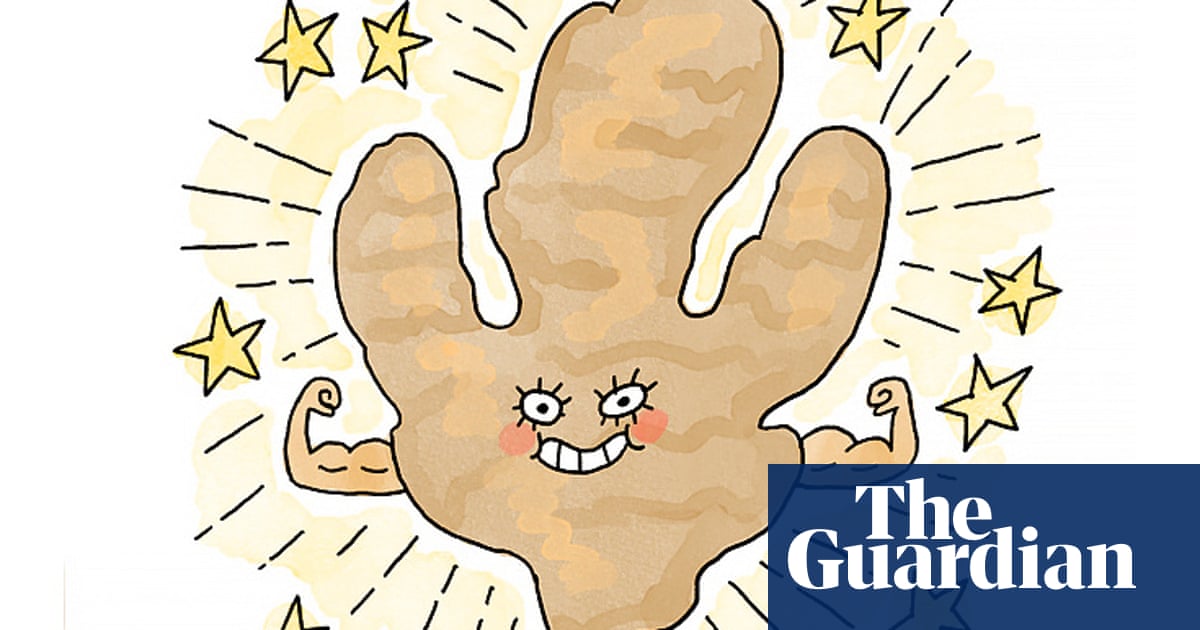A thriving industry of books, TV shows and films has kept Diana, Princess of Wales’s image alive since her death in 1997. Most focus on her flawed inner world, and claim to uncover her “true” self. Edward White’s lively, deeply researched Dianaworld gives us something very different.
White, whose previous work includes an acclaimed biography of Alfred Hitchcock, approaches Diana’s story through the people who saw themselves in her – the doppelgangers, opportunists and superfans who found parallels between the princess’s life of extraordinary privilege and their own. His subjects are the frequently ridiculed devotees who fuel celebrity culture: women rushing for the Diana hairdo; impersonators opening supermarkets; psychics jolted awake the night of the fatal crash. It is, White says, “less a biography of Diana, more the story of a cultural obsession”.
He marshals an impressive range of sources – diaries, oral histories, teenage scrapbooks, adverts and comedy skits. There is the woman who, eight months pregnant and living in a homeless hostel, feels a deep bond with the princess also expecting her first child; the sex worker who sees in Diana’s rejection of royal pomp her own disdain for British hypocrisy; the owner of an Ealing boutique specialising in Shalwar Kameez who, after Diana wears one on a trip to India, encourages her customers to “look like a princess”. There are nationalists and internationalists, royalists and republicans, conservatives and progressives, those who pitied, admired, were beguiled or infuriated by Diana. In their stories it is very hard to see where Diana ends and the rest of us begin.
Such intense connections to celebrities are easily dismissed as “parasocial relationships”, one-sided, delusional versions of love. But the strength of White’s approach is his desire to take seriously the stories that drew people to Diana and continue to shape her afterlives. There is no single explanation for her enduring appeal – and in fact, any attempt to provide one will seem foolish after White’s book. Instead, he traces what sociologist Arlie Russell Hochschild calls the “deep stories” that power our gut reactions.
Some of White’s subjects connected with Diana through narratives of the “doomed family”, seeing their own generational histories of trauma in hers. Others, particularly immigrants and gay people, recognised her as a kind of outsider. White demonstrates how some of the most radical images in Diana’s life derived their power from older tropes. Photos of her shaking hands with HIV-positive men certainly challenged the stigma and misinformation surrounding the disease. But they also summoned more ancient ideas: the laying on of royal hands and the religious concept of the “healing touch”. As White’s subjects try to explain why Diana mattered to them, they often find themselves inside these deep stories, repurposing them for the modern age. As White astutely puts it: “Blair once told an interviewer that Diana invented a ‘new way to be British’. It might be more accurate to say that through Diana, the British invented a new way of fantasising about themselves.”
Above all, what Diana offered was a new way for British people to imagine the place of emotion in public life. Again and again, White’s subjects tell us that what drew them to Diana was her messy but apparently authentic expression of emotion, the way she challenged British reserve. The historian Thomas Dixon argues that the stiff upper lip was only a brief, 20th-century anomaly in the emotional history of Britain, where sobbing in the streets has been far more common than not. Yet, by the 1980s and 90s, Britain seems to have felt like a place where a reservoir of long-repressed sentiment was ready to overflow.
Right from the start, people were fascinated by Diana’s feelings. First it was her tears, her blushes, her bitten fingernails, her self-conscious head tilt. Later, it was her weight loss, reckless outbursts, and her penchant for what Julie Burchill called “damp, self-dramatising American therapy-speak”. Finally came the endless cruel speculation about her mental state and accusations of borderline personality disorder and paranoia. Her seemingly excessive or apparently unwanted emotions resonated with people struggling to express their own in a world only too eager for them to quietly conform. Though, as White observes, Diana’s pain was also an essential tool in neutralising potential resentment towards her gilded life: “Poor Di, so human, so lovable,” as one man put it.
As have others before him, White sees this emotionality as a watershed moment, when Britain was forced to reckon with the new self-actualisation culture that had been gathering momentum for some time on the other side of the Atlantic. “Arguably of greater social significance than her embrace of any specific cause – homelessness, domestic abuse, addiction, mental illness, Aids – was the emotional tenor in which she approached them,” writes White. As bouquets mounted up outside Kensington palace after Diana’s death, some grieved, while others found the public spectacle coercive, seeing it as synthetic as the plastic wrapping on all those flowers. Today, with far more terrifying spectacles of public emotion to contend with, worrying about the authenticity of mass grief seems quaint.
This book is an ingenious solution to the problem of biography in an age of global celebrity, where identity seems much less stable, a jumble of ever-changing projections and imaginings. It is hard to know what White himself makes of the continuing obsession with his subject. Dianaworld is a kaleidoscopic place, stuffed full with contradictory perspectives. But perhaps that is appropriate for a life that ultimately seemed so mercurial and slippery, so un-pin-down-able. As one visitor to Althorp comments at the end of a rather lacklustre tour of Diana’s childhood home, “Is there nothing else Diana? Is that it?”

 4 hours ago
8
4 hours ago
8


